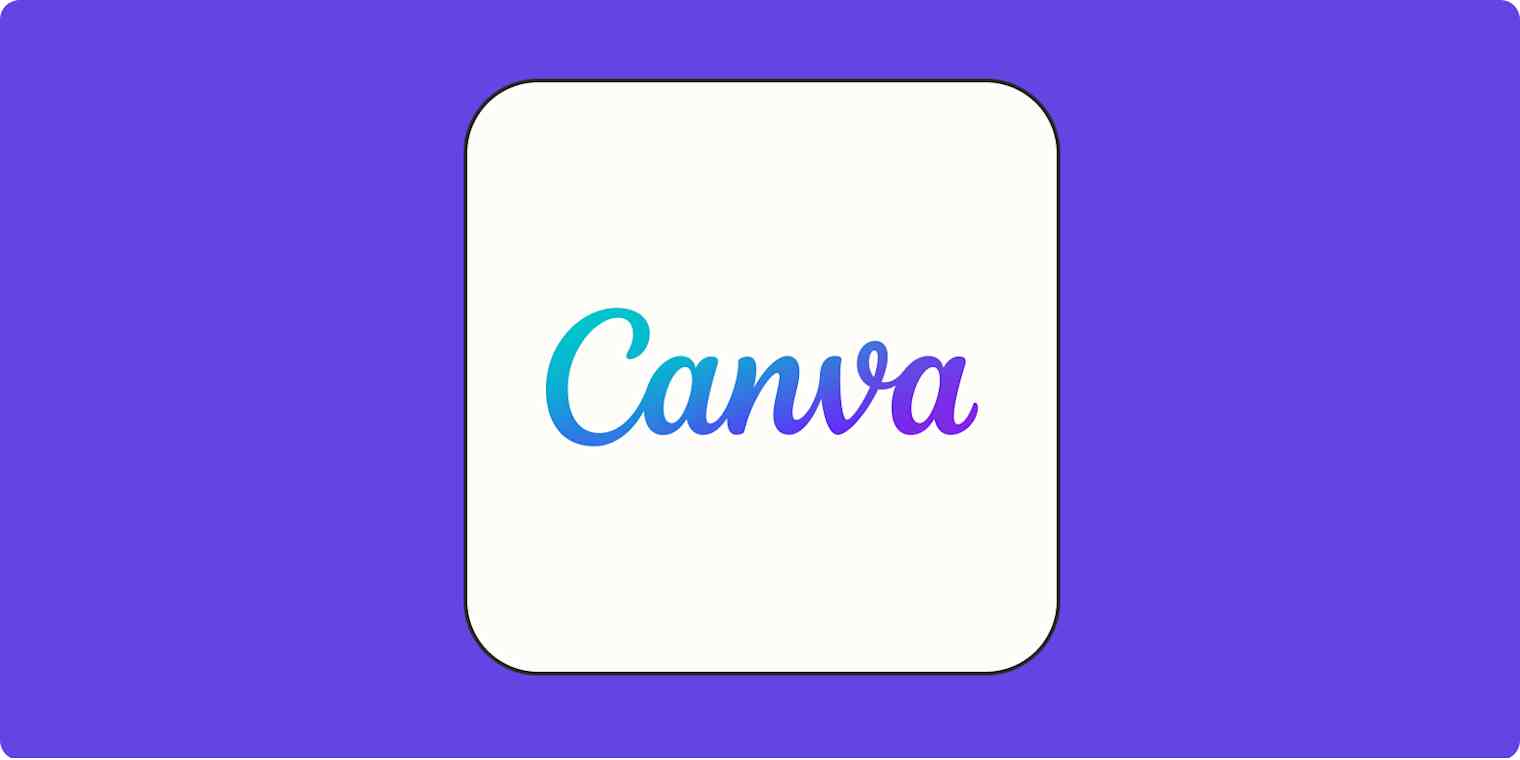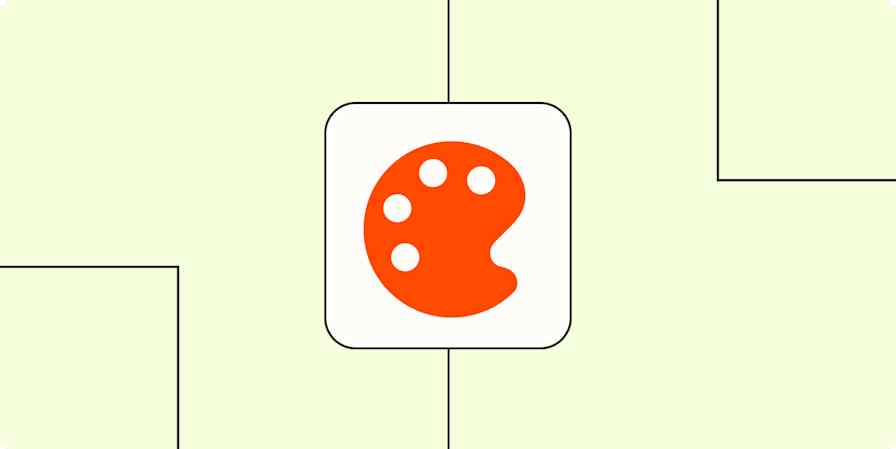App tips
19 min readHow to use Canva: A beginner's guide
By Juliet John · October 9, 2024

Get productivity tips delivered straight to your inbox
We’ll email you 1-3 times per week—and never share your information.
tags
Related articles
Improve your productivity automatically. Use Zapier to get your apps working together.








